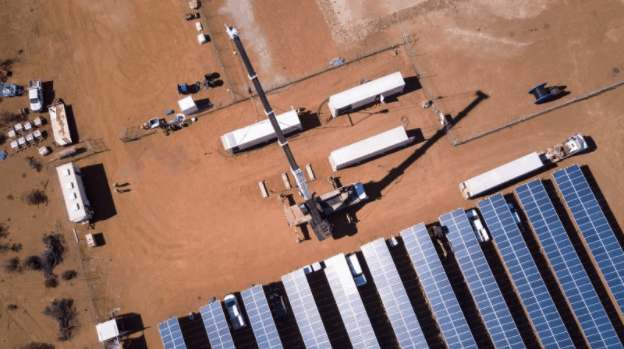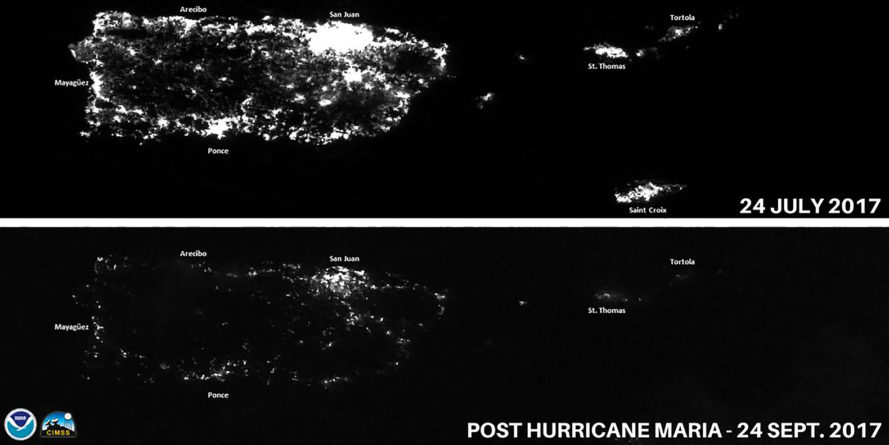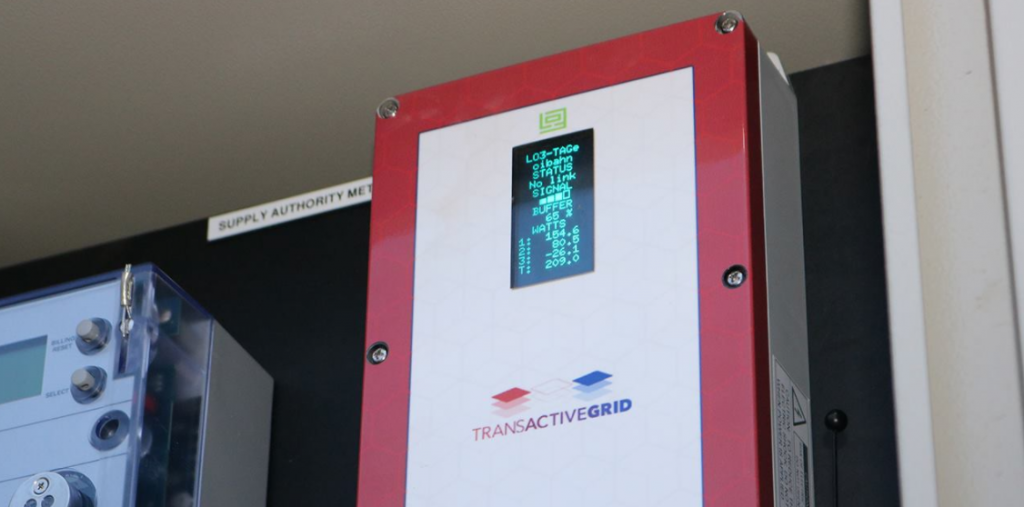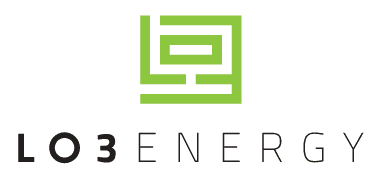The Euroa Environment Group is leading a $6 million grassroots project which will see 589 kW of new solar panels and up to 400 kW of energy storage installed to create a local Euroa microgrid. This will help avoid the summer blackouts which have plagued the small north-east Victoria city in recent years.
Euroa Microgrid in combination with Mondo Power and Globird Energy
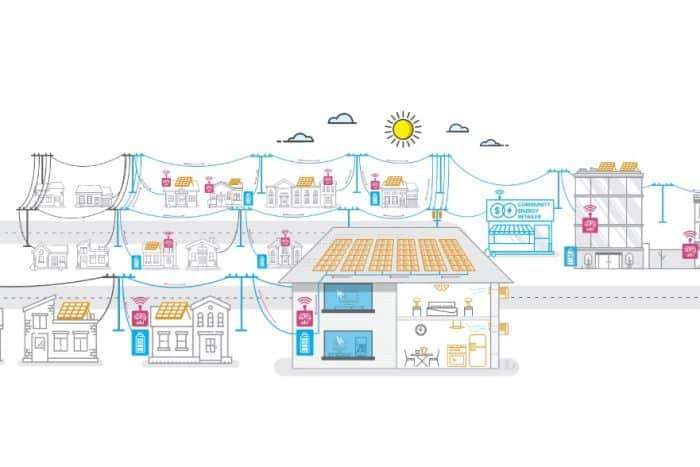
The EEG (Euroa Environment Group) is a local collective formed to help the issue of constant blackouts in the small city. They’ve now got a huge $6m project which will see the EEG partner with Mondo Power, Globird Energy, and 14 local businesses in Euroa who will install the technology, creating a microgrid in the city which means the town will have greater electricity supply reliability, and will also reduce local demand for electricity during peak times.
The Andrews Labor Government has also given a $600,000 solar grant towards the project, which is currently underway.
Shirley Saywell, president of the EEG and local business owner, has discussed the reasons they’ve taken this path:
“We believe that unfortunately we’re not getting good leadership from our Federal politicians, and I believe it’s up to grassroots organisations to drive the renewables charge,” she said.
“There’s no one simple answer to coal, and I think that’s not well understood.”
“Leadership is coming from groups like ours because we understand there is a range of solutions, and there’s not one simple solution. It’s about being clever about what’s available to us.”
This sort of community solar is also a hot topic of discussion for Australia’s politicians:
Jaclyn Symes, Member for Northern Victoria, discussed how this could impact future decisions for other towns suffering from unreliable power supply:
“Everyone is becoming more educated around the opportunities and the options for reducing reliance on coal,” Ms Symes said.
“I expect that lots of people will be watching with interest about how this works and what savings people will see, and what types of reliability of power improvements can be generated as well.”
We’ll keep you updated with any news from this microgrid and how it helps Euroa traverse the 18/19 summer.

